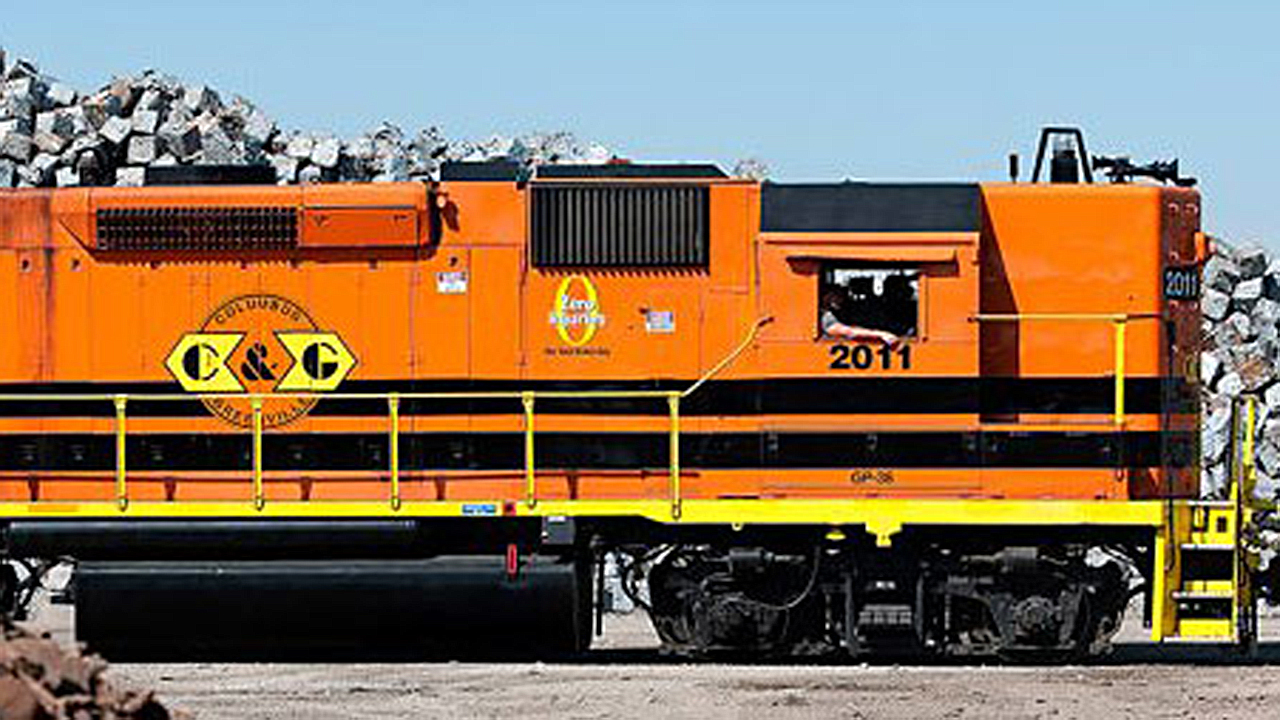Railway Age, 8/7/22
FRA NPRM: The Truth Behind the Need for Two-Person Crews
Written by Jeremy Ferguson, President, SMART-TD
So, readers, here is Jeremy Ferguson’s response—which curiously never actually names Frank Wilner—in full, unedited (except for minor grammar, punctuation, syntax and style changes), with hot links preserved. No, not sausages, even though he’s essentially accusing Wilner of “making sausage.” We also understand he’s only doing his job, which in and of itself is an honorable thing. And we recognize and thank him for his service as a United States Army veteran. Railway Age—published since 1856—would have included many of Mr. Ferguson’s concerns and opinions earlier, had he given Mr. Wilner the courtesy of a requested interview. Wilner reached out to him several times following the start of contract negotiations in January 2020 to hear and write his side of the issues, but Mr. Ferguson chose not even to return a phone call. Nevertheless, we are pleased to re-publish this commentary. You be the judge. — William C. Vantuono
It’s a shame, really, that the safety of my members, the public and the infrastructure are nothing more than political pawns in the railroads’ game of never-ending greed. And it’s a shame, frankly, that the railroads manipulate woefully inept individuals—having never meaningfully walked the ballast or performed the myriad tasks of a conductor or engineer from inside the cab of a locomotive—and contributing editors, to carry their water in the hopes of somehow creating a narrative that corporate profit (as compared to safety) is the greater good.
On Tuesday, Aug. 2, Railway Age published an article titled “Biden Promise Fueled FRA NPRM,” wherein its author bows to his superiors’ bidding and attempts to make the case that data is in their favor. But to do so, he had to sharpshoot for supporting documentation and data, blindly whisking by the plethora of reports and studies that stand as mountains between them and reality, and he had to bend quotes and statements made as if he were some sort of deceitful, abstract performer.
Only in corporate America can a promise of maintaining the safest course be misconstrued to the public as being unethical. In fact, it seems quite ironic that the article’s author accuses this Union of being a special interest when the former FRA Administrator broke from the agency’s position and capitulated to the railroad executives’ pressure by withdrawing the ongoing crew size regulation, only to be defeated in federal court.
The rationale is sound, and the need for regulation is necessary. I find it ridiculous that the author of a book theoretically explaining the purpose and processes of the Railway Labor Act is incapable of comprehending the role of politics in the prioritization of safety and the overall welfare of America’s railroad workers.













